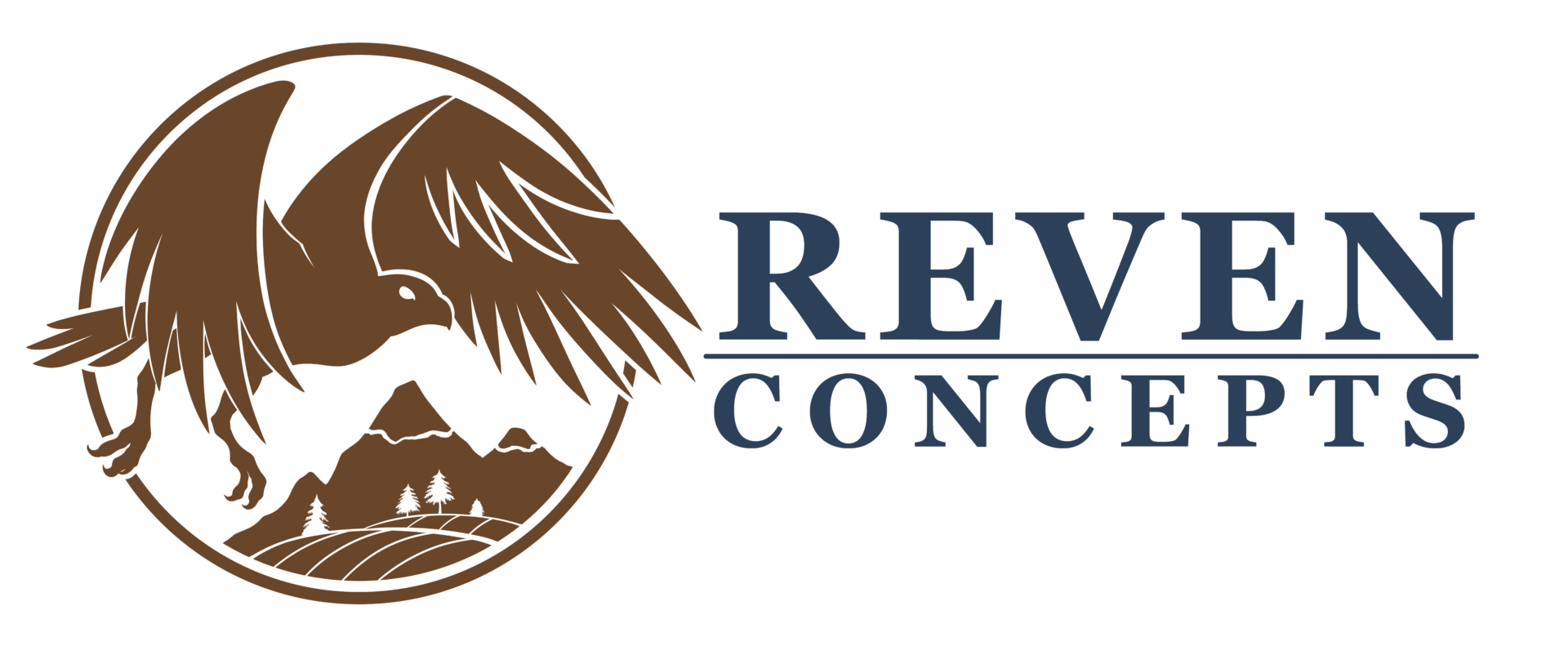In the process of creating awareness, you will also gain an understanding of who you are as a person. Not only will you see where you are today, but you will begin to see where you can be tomorrow. We are often our worst enemies, and we have to fix that to achieve some level of great success and achievement in our life. Creating awareness is simple and can be done in four easy-to-follow steps.
The Four Steps to Create Self Awareness
- Know where you are
- Know where you want to be
- Facilitate the proper habits
- Remain consistent and in practice
Know Where You Are
One of the first things I work with new clients is learning and understanding where they are. This helps me learn about the person’s habits and get most, if not all the things I need to make a solid plan for them. I find it crazy sometimes that just after a few questions, I know a person better than they know themselves. This is due to my interaction and years of experience in the school system and working with every age group imaginable. I have set myself apart in this area for sure.
Though this skill takes years to learn how to implement alone, with a coach, you can find out where you are sooner than if you went alone. I find that many people think they know where they are, but they either downplay it or oversell it. The two extremes of the matter will not help you take action or even come down to the true starting point.
The importance of knowing where you are is akin to why you need to know where you are on a map. Using North America as an example, you would head north if you wanted to go to Canada. However, if your current location is in Italy, going north will not bring you to Canada. Knowing where we are is necessary to get to where we want to be.
The process of finding out where you are can be simple but can be difficult for some people. This can be difficult because you will have to come face to face with the reality, your truth. I find that many people live in a lie. Their house is burning down, and they are saying everything is fine. Just because you think or want to believe everything is fine doesn’t mean everything is going well. This is where you need to make adjustments if things are not going well.
Know Where You Want To Be
Next, make adjustments for everything you want to fix or change and envision how that looks for you. If you find yourself unhappy in your current location and want to be happy, then happiness is your destination (we will talk more about how to get there in the next steps). Since you know your destination is happiness, you must feel and visualize how that is for you.
One of the examples I love to use to know where you want to be is if you crash-landed on a deserted island, eventually you will envision eating at your favorite restaurant, sitting on your sofa watching television, or sleeping in your comfy cozy bed. That feeling of desire and wanting is the exact feeling you must attain to know where you want to be. If you have this level of intensity, then it will be easier to get to the destination.
Many people skip this visualization step because they think it will happen in their life since they thought about it. The key component we must take away from this step is understanding what type of emotion we feel when we look at the destination. When you are suffering on a desert island, it is easy to say that you want your normal life back, the simple pleasures you have learned to love. You must love your destination the same and begin to despise but appreciate where you are. There is a fine balance in creating awareness.
Facilitate The Proper Habits
Now that we know where we are and want to be, we can start facilitating the habits needed to get from our starting point to the finish line. This process can be intuitive because we can use other people’s lives as the road map to get to where we want to be. However, just because someone else got there a certain way doesn’t mean you can get there the same way.
For example, if you wanted to travel to Mexico from North America. You can drive, you can walk, you can fly, and you can even take a boat. There will be some options that could be more viable and some that will take extensive time. We need to understand all the paths we can take and choose the path that will get us there the quickest and give us the fulfillment we are looking for.
Mount Everest is a popular climbing summit that many hikers want to climb at some point. Do you think climbing the mountain is the same as taking a helicopter to the summit? If you think they are the same, you are a fool, and secondly, you have failed to understand the journey of progress. The journey of progress states that you can get to a destination, but how you get there will bring about a different level of emotional responsiveness.
If you take the easy path and get the results you want, you will see things that could be better soon. However, if you took the difficult path and came to the same results you were looking for, then you will find more meaning in what you did. If you are a long-time reader and watcher of the podcast, you will know that the brain needs meaning/purpose. If we can create meaning in our life, we will get the drive to push for our goals and the desired results and find more meaning in what we do.
If you can find meaning in what you do, you will likely repeat the process. That means you will create better habits for your future. If you can learn to create these habits, no matter your destination, you will always see the solution. Right now, most people see where they want to be in life and can only see the challenges and obstacles, which shut down the brain, and they take no action. We have to be more than what our brains say, learn how to see the solution to the problem, and create meaningful habits to aid us toward each new destination.
Remain Consistent and in Practice
Once you know where you are and where you want to be and develop the habits to facilitate your journey from point A to point B, you must remain consistent. For example, if you want to get and stay in shape. You will want to do the maintenance work to stay in shape rather than get out of shape again and go through the pain of getting back in shape. It is much easier to maintain than it is to attain.
If you do not believe that maintaining is easier, look at your life. You have created a comfort zone for yourself. You might have a steady 9-5 job that pays the bills, enough to give you the life you want. You might want more, but you are stuck in the rat race. To get out of that comfort you have created, you must know to walk through fear to attain a better awareness of your capabilities. Only then will you learn your true human potential.
I encourage you to practice meditation regularly. Understand that if you practice meditation, you will not suddenly become aware. It takes time to create awareness within you, and that awareness can also be lost. Think of it as a language. Your second language is a perishable skill if you do not continue to hone it. You can also think of it as a knife you sharpened last year. Just because you sharpened your knife last year doesn’t mean it will still be sharp today. Especially if you have been using this knife regularly.
The same is true with our minds. We use it regularly, or at least most people do, and it will require some adjustment, just like getting an oil change in your car after driving it. Your car still has oil, but the oil has become thicker, darker, and more prone to cause build-up in your engine if not changed out regularly. This is what awareness can help you understand. Your life has meaning and potential, but you must see it to ensure you can achieve it.
Napolean Hill said, “If you can believe it, you can achieve it,” but to do that, you must be aware of what to believe. I find many people live within their circumstances, and they allow the world to push them instead of the other way around. Though creating awareness is a journey that takes some time, you can get there quicker with a coach. Many people remain blind and unaware because they do not want to know their shortcomings, but I want you to know your full potential and what you can do in your life.
In closing, creating awareness might seem like a simple four-step process, but it can be quite intuitive. That means you can find yourself tied up at one of the steps. You will want to ensure you have a mindset coach to help you facilitate the process. Once you have created that awareness, you must continue maintaining it and understand that it can evolve. It can become deeper, and your way of thinking and living must also adjust. There is still much to learn about awareness, so I encourage you to follow us on social media @revenconcepts to help maintain a level of awareness necessary for your goals today and tomorrow.
Until then,
Michael Rearden
Founder of Reven Concepts
-
Physical vs. Mental Damage09 Mar 2025 Mindset Coaching
-
The Price of Anger: Is Kindness Really That Hard?02 Mar 2025 Mindset Coaching
-
Peer Pressure vs. Conformity Attraction23 Feb 2025 Life Coaching
-
T.U.S Part 67: Redefining Leadership: The Mindset Revolution16 Feb 2025 Tune Up Series
-
Growing and Changing Together in Love09 Feb 2025 Relationship
-
The Disease of Mindset and the Cure: The Role of the Abstract Mind02 Feb 2025 Mindset Coaching

